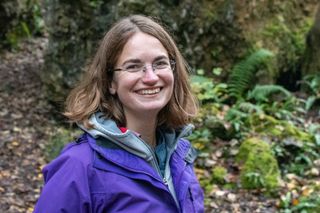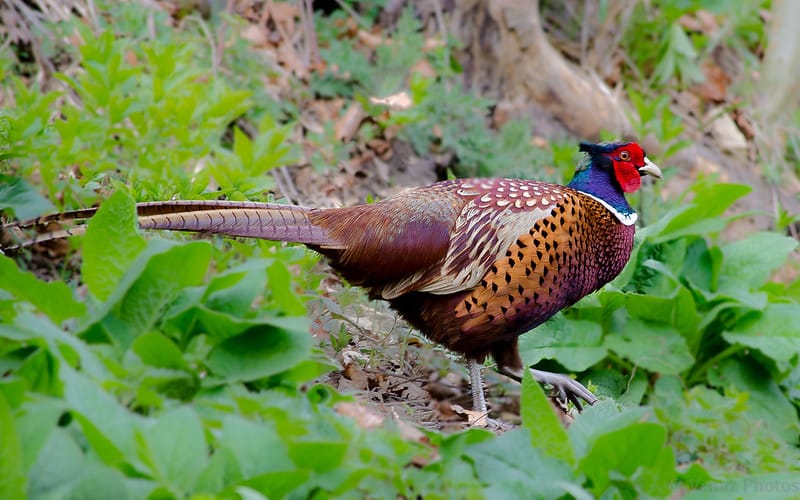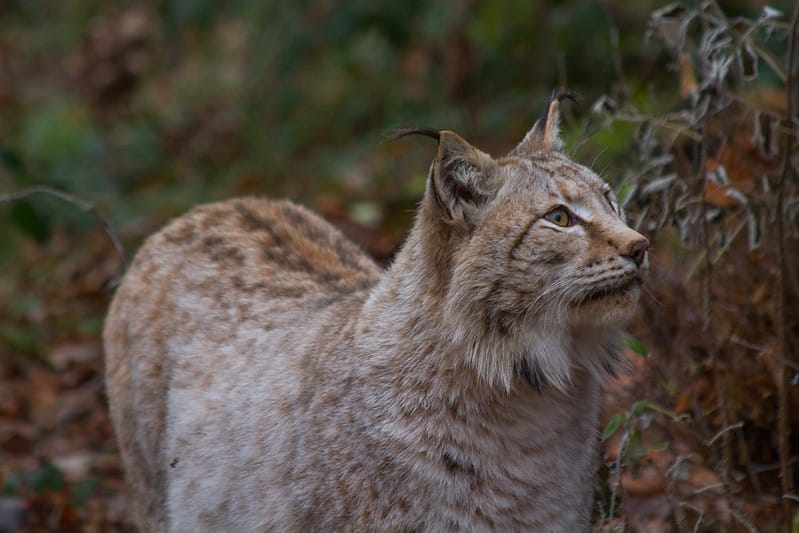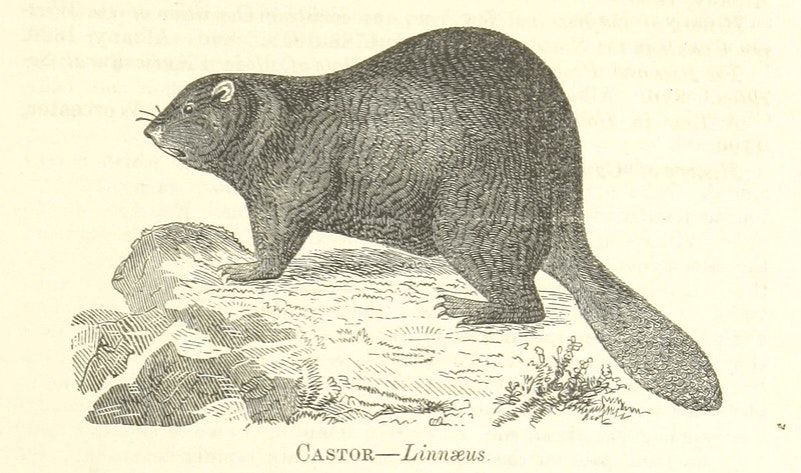
Was Thomas Cromwell the first rewilder?
The strange history of animal reintroductions in Britain.
After centuries of driving British fauna to extinction, humans are starting to restore some lost species to the landscape.
Last year, beavers were given free rein on the River Otter, while stork chicks hatched on English soil for the first time in centuries after birds were brought over from Poland. Plans are afoot to reintroduce bison to Kent.
These recent reintroductions were in the back of my mind last autumn as I read The Mirror and the Light, the final book in Hilary Mantel’s trilogy about Thomas Cromwell – chief advisor to Henry VIII and, apparently, a beaver reintroduction enthusiast.
In 1538, between organising the dissolution of the monasteries and Henry’s third marriage, Mantel has Cromwell finding the time to import beavers from Danzig. The species had been hunted to extinction in England and Wales by around 1200AD, though they clung on in Scotland till the 16th century.
Cromwell plans to breed his new pets, despite his suspicion that fishermen will object. Imagining his thoughts, Mantel writes:
“It’s always the wrong bits of the past people want back. With their dams, these busy animals can divert and slow the waters of streams likely to flood. No human ingenuity can match theirs, and it is a pity they were ever hunted. Wyatt says, ‘What else will you bring back? Wolves?’
“We do not need more predators. We do not need wild boar, though they make good sport. But we need to keep our rivers in their courses, and we need to plant trees, if we are going to cut them down at the present rate: for timber frames for merchants’ houses, for palaces for princes; for ships to sail against the Pope and the Emperor, and all the world in league against us.”
The Wolf Hall trilogy is fictional; but it is nonetheless based on a staggering amount of research, and I wanted to know whether this anecdote had any basis in fact. Was Thomas Cromwell really one of Britain’s first rewilders?
It certainly appears to be true that Cromwell imported four beavers from the continent. In her 2014 biography of Henry VIII’s “most faithful servant”, historian Tracy Borman finds evidence that he kept numerous unusual animals, including also a cage of canaries, an “elk from Lubecker” and a “strange beast” that was possibly a leopard.
But this is no evidence of the environmental zeal displayed by Mantel’s Cromwell; nor is there any sign that he intended to release the beavers. Historically, animals were kept for all sorts of reasons: beavers were valuable for their fur and castoreum, and medieval monarchs were sometimes given exotic animals as gifts from foreign kings. Until 1835, the Tower of London even housed a menagerie that was established for this very reason.
While Cromwell was probably not the ardent rewilder of Mantel’s imagination, the history of reintroduction in Britain goes back further than you might expect.
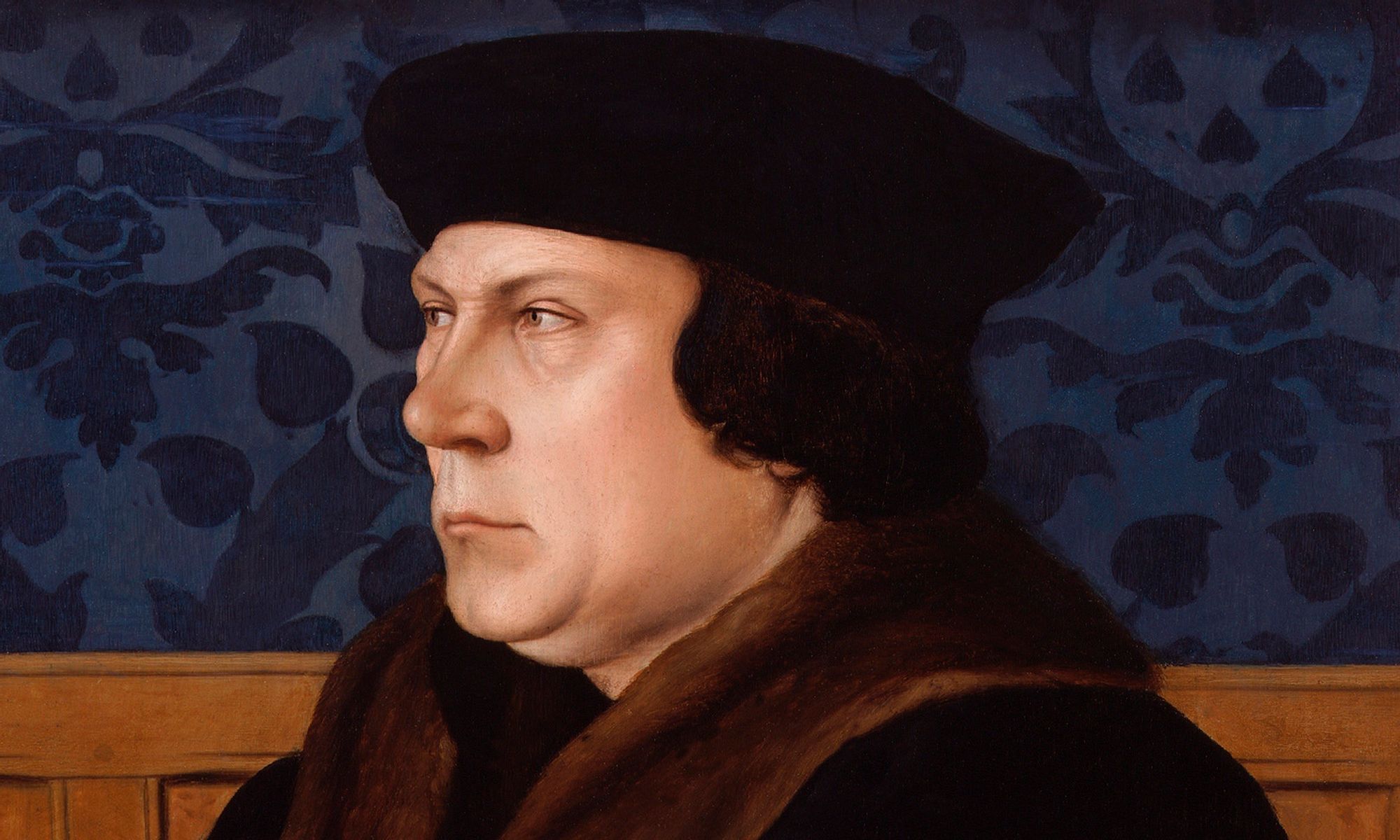
The inhabitants of these isles have, of course, been playing havoc with its fauna for millennia (the Romans, for instance, introduced the brown hare), so it’s important to distinguish between these introductions and genuine attempts to bring back Britain’s naturally-occurring species. Yet, even when such reintroductions did occur, the motivations weren’t necessarily ethical or environmental.
In his book on medieval hunting, The Hound and the Hawk, historian John G. Cummins recounts a 15th century tale of a French herald teasing his English counterpart for his country’s lack of fierce animals that require bravery to hunt, such as the wolf, lynx and wild boar.
Perhaps this humiliation lodged itself in the English psyche, or perhaps it was simply good fun to chase a wild boar through a forest. Either way, there were myriad efforts to reestablish a new population after their extinction in around 1300. Henry VIII received some wild boar from Francis I with instructions on how to breed them, while James I attempted to reintroduce specimens from France and Germany into Windsor and the New Forest. It was all for naught; by the 18th century, the species had vanished from the country again.
The 19th century saw the first use of the word “reintroduction”, according to the environmental historian Dolly Jørgensen. Efforts to return native fauna to Scottish estates were surprisingly regular affairs, and even met with some success.
In 1874, the Marquis of Bute released four beavers into a small enclosure on the Isle of Bute, with a further seven released the following year. The animals built dams and bred, although the population didn’t last.
There was a similar attempt to reintroduce beavers to Suffolk, according to the 1880 book British Animals Extinct Within Historic Times – although their dams were destroyed “as an eye-sore”, with the rest killed. Two unfortunate individuals were stuffed and sent to London for one Lady Gooch.
An attempt to reintroduce reindeer to the Atholl estate in Scotland in 1790 was another notable failure; the animals survived the journey from Russia to Edinburgh, but most of them died on the road-trip north, despite their keeper, George Farquhar, declaring that he couldn’t have been more careful “had they been my own children.”
But these Victorian ventures weren’t universally doomed. The return of capercaillie to Scotland in the 1800s remains one of Britain’s most successful reintroduction efforts to date.
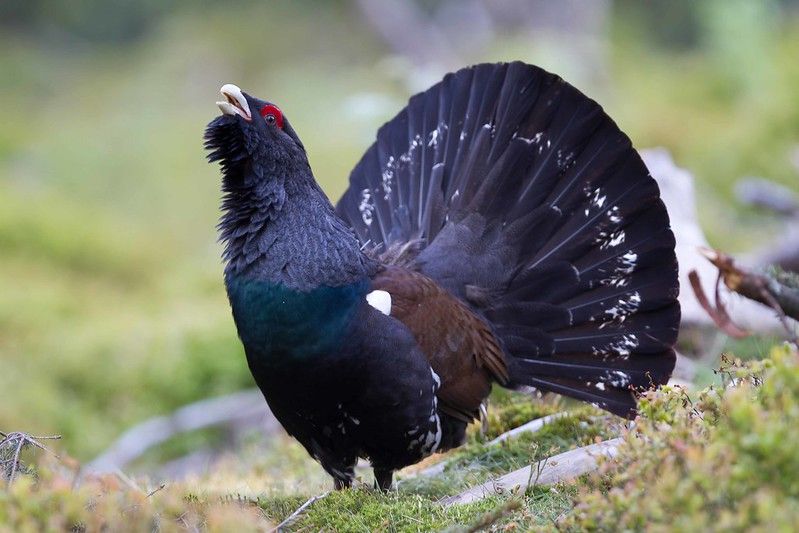
After a few failed attempts to reinstate it – including one in Norfolk – a number of these charismatic birds were captured and transported from Sweden, and subsequently thrived on the Marquis of Breadalbane’s estate at Taymouth Castle. Most of the capercaillies that roam Scotland today descend from these Scandinavian imports.
Why these estates decided to undertake such efforts remains a mystery. They could have been motivated by the desire to gain favour – there are several examples of Scottish landowners following trends set by royals within their own parks and grounds.
They also coincided with a general trend to “improve” the natural landscape and make it more pleasing to the human eye, with species like rhododendron, grey squirrels and peacocks brought from overseas to adorn the grounds of large estates.
“It may be possible to go so far as to state that a significant amount of competition existed between various landowners in Britain as to who could have the most unusual collection of species on their estate lands,” according to one researcher.
Today, reintroduction projects tend to focus on nature for its own sake. We restore our lost species because we feel they belong here – because there is a moral imperative to return what we once wiped out – rather than to answer any particular human need.
Yet, more often than not, one eye remains on the benefits that humans will reap from a healthy environment. We have adopted the rewilding role in which Mantel casts Cromwell: architects of the land, preoccupied with ecosystem services and nature-based solutions to the problems created by millennia of destruction.
And we are still suspicious of wolves.
British Library, National Portrait Gallery, David Palmer
Subscribe to our newsletter
Members receive our premium weekly digest of nature news from across Britain.
Comments
Sign in or become a Inkcap Journal member to join the conversation.
Just enter your email below to get a log in link.

